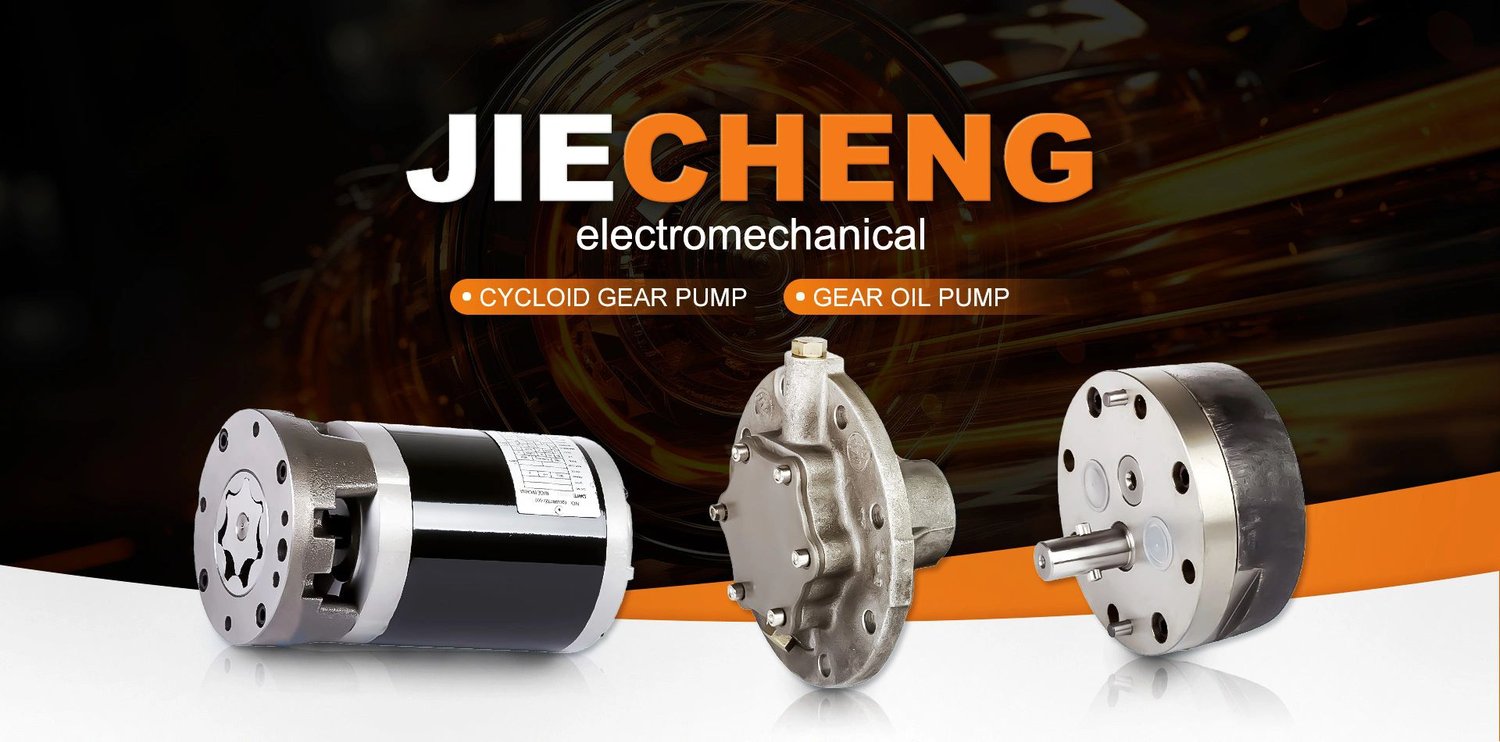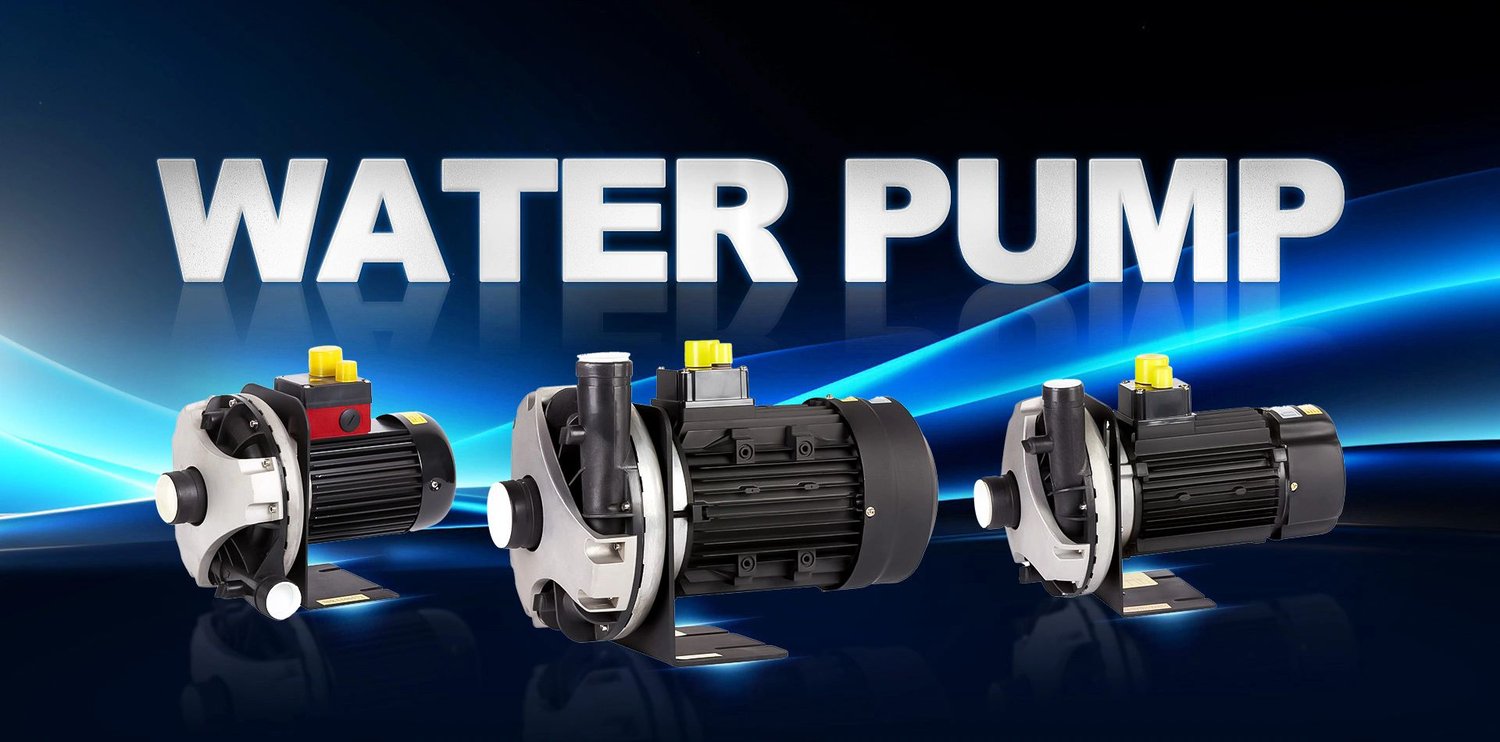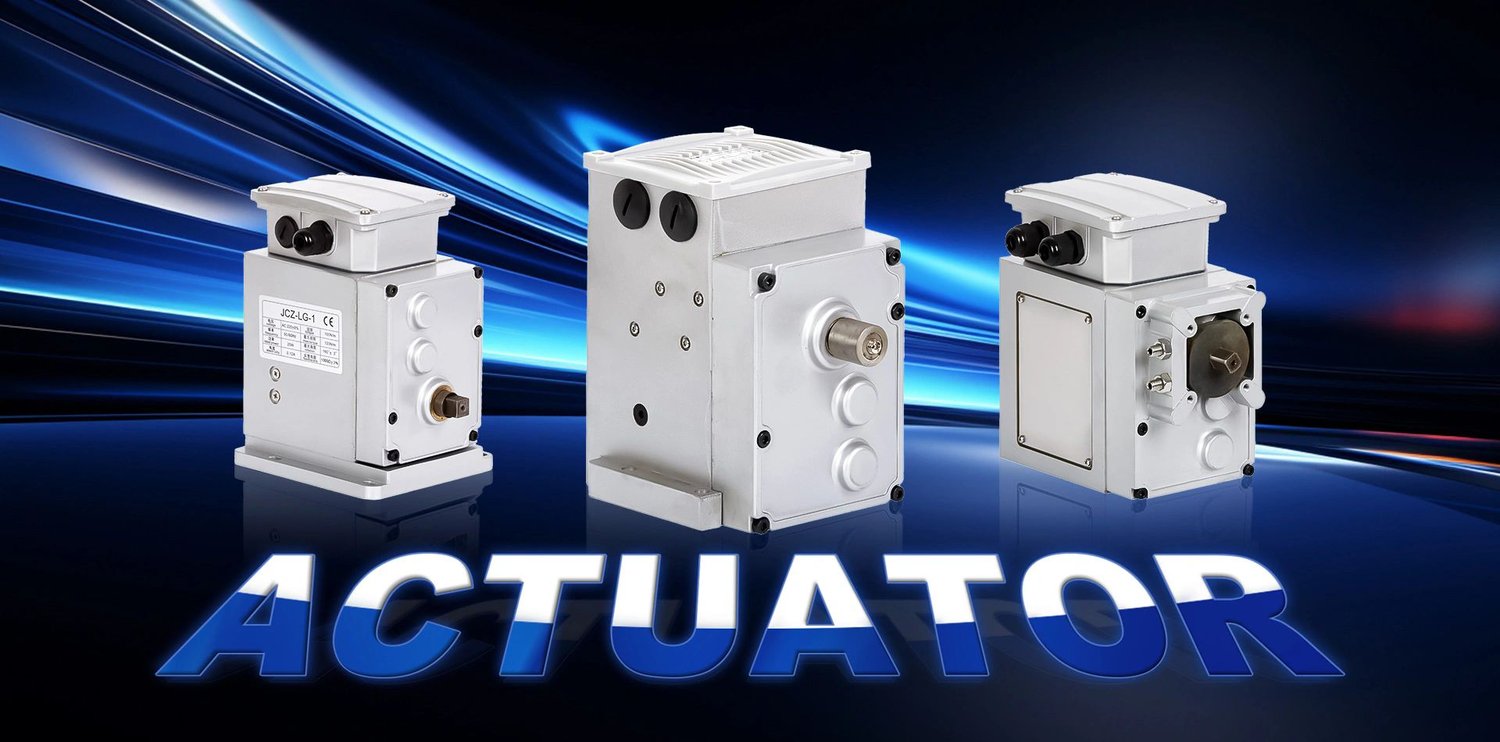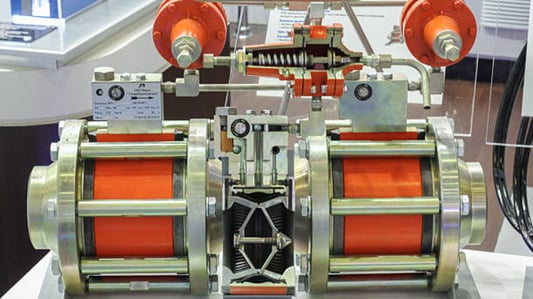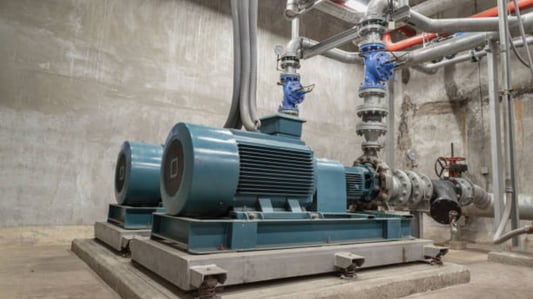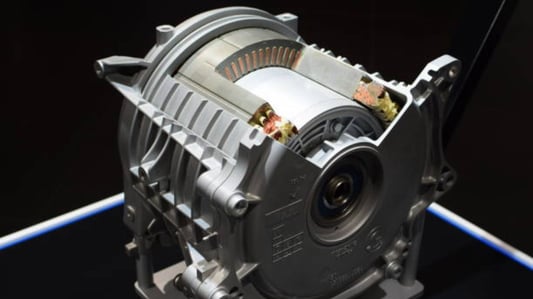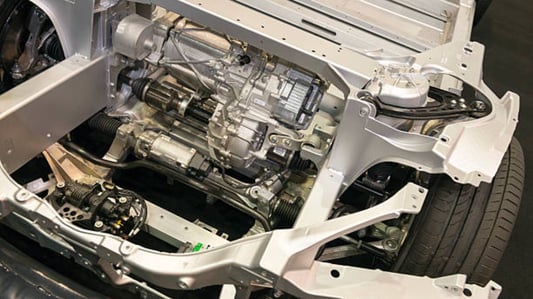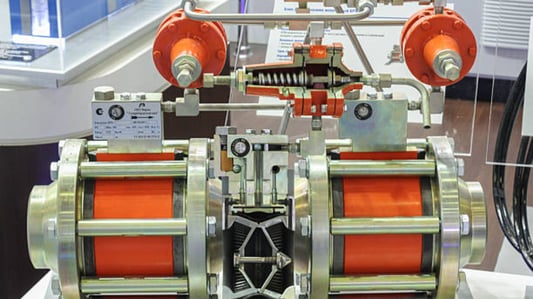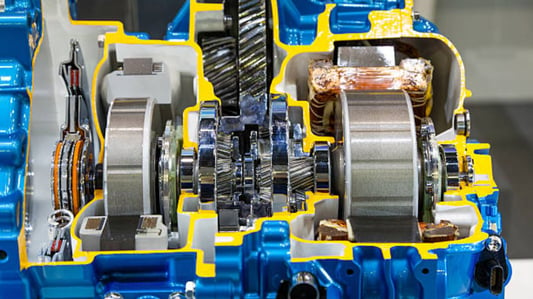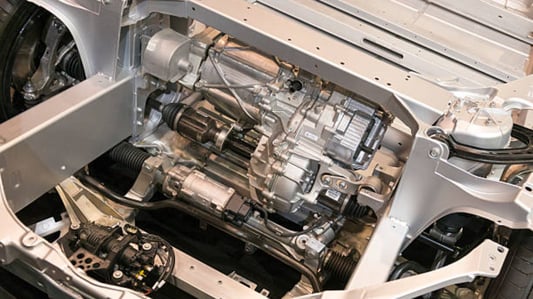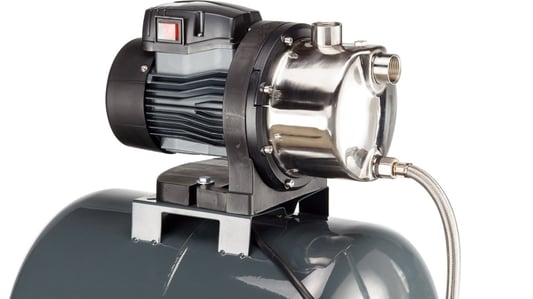Understanding centrifugal pump oil typeCentrifugal pumps are commonly used in various industries to move liquids through a system. One important factor to consider when using a centrifugal pump is the type of oil used for lubrication and cooling. The right centrifugal pump oil type can significantly impact the pump's performance and longevity.Types of Centrifugal Pump OilsThere are various types of oils that can be used in centrifugal pumps, including mineral oils, synthetic oils, and vegetable-based oils. Each type of oil has its own set of properties and benefits. It is essential to select the right oil based on the specific requirements of the pump and the operating conditions.Benefits of Using the Correct OilUsing the correct centrifugal pump oil type can help improve the pump's efficiency, reduce wear and tear, and extend the pump's lifespan. Proper lubrication and cooling are crucial for the smooth operation of centrifugal pumps, and selecting the right oil can make a significant difference.Factors to Consider When Choosing Pump OilWhen selecting the centrifugal pump oil type, it is essential to consider factors such as the pump's operating temperature, speed, and load. The viscosity, thermal stability, and compatibility of the oil with the pump's materials are also important considerations. Consulting with a pump specialist can help determine the best oil for your specific application.Mineral Oils vs. Synthetic OilsMineral oils are commonly used in centrifugal pumps due to their affordability and availability. However, synthetic oils offer better performance in terms of temperature resistance, oxidation stability, and wear protection. Depending on the application requirements, choosing between mineral oils and synthetic oils can make a significant difference in the pump's performance.Vegetable-Based Oils for Environmentally Friendly OptionsFor environmentally conscious industries, vegetable-based oils are a viable alternative to traditional pump oils. These oils are biodegradable and offer good lubrication properties. While they may not have the same temperature resistance as synthetic oils, they can be a suitable choice for certain applications.Importance of Regular Oil MaintenanceRegardless of the type of oil used, regular maintenance of centrifugal pump oil is crucial for optimal performance. This includes monitoring oil levels, changing oil at recommended intervals, and ensuring that the oil is clean and free of contaminants. Neglecting oil maintenance can lead to pump failure and costly repairs.Consulting with Pump ManufacturersWhen in doubt about the best centrifugal pump oil type for your application, it is always best to consult with the pump manufacturer or a pump specialist. They can provide valuable insights and recommendations based on their expertise and experience. Investing in the right oil for your pump can save you time and money in the long run.Testing and Monitoring Oil PerformanceTo ensure that your centrifugal pump is operating at its best, it is essential to regularly test and monitor the performance of the oil. This can include analyzing oil samples for contaminants, measuring viscosity, and checking for signs of degradation. By staying proactive in oil monitoring, you can prevent potential issues before they escalate.ConclusionChoosing the right centrifugal pump oil type is essential for the efficient and reliable operation of your pump. By considering factors such as pump operating conditions, oil properties, and maintenance practices, you can prolong the lifespan of your pump and avoid costly downtime. Invest in the proper oil for your centrifugal pump to ensure optimal performance and longevity.Quote InquiryContact us!

